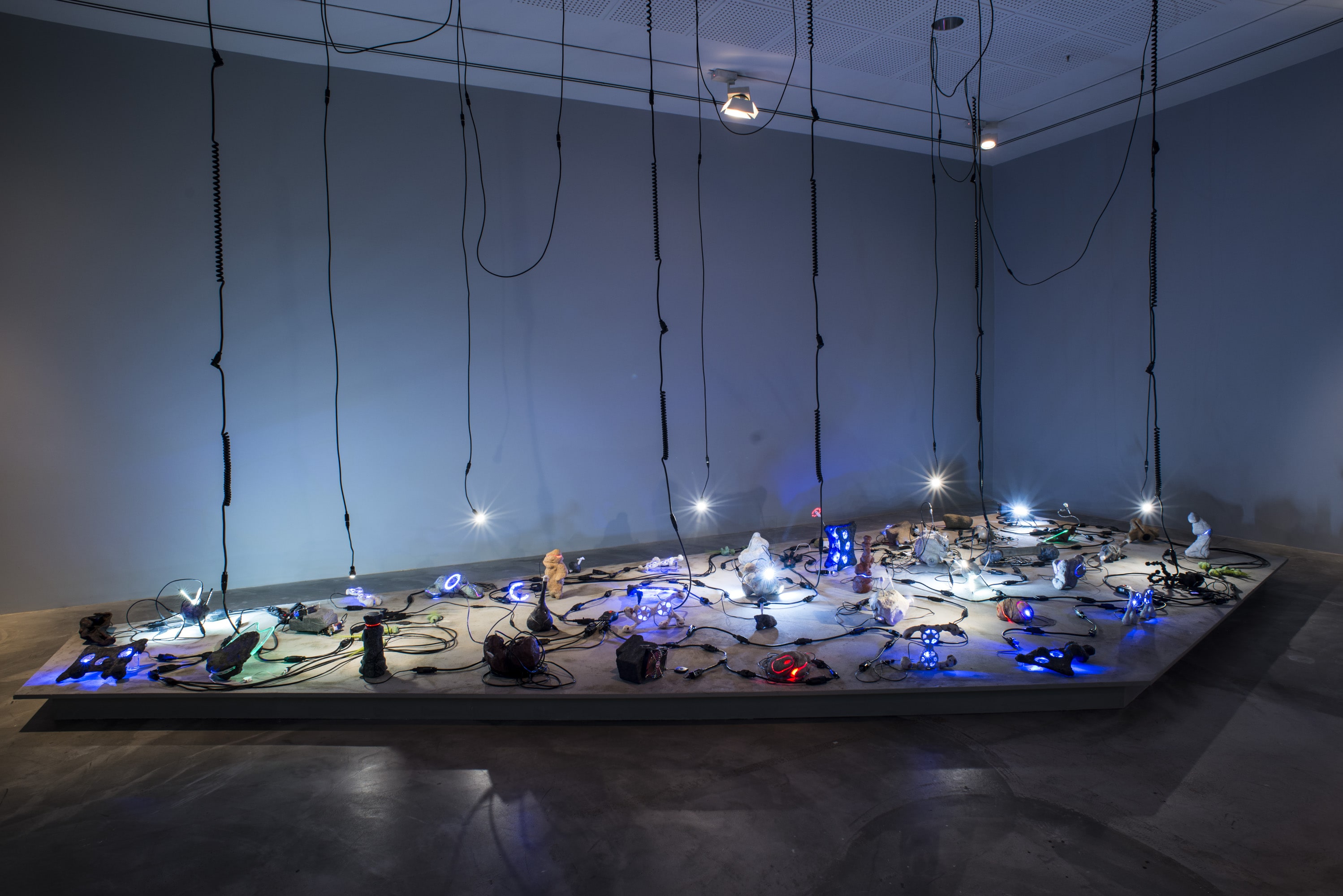Although it reminds us the dusty closets, the definition of archive gets even more blurry, while we are documenting our each day and clicking “archived” status for e-mails. Like all nonhegomonics who struggle to create alternative historicities instead of grand narratives, queers, being aware of practices of inclusion and exclusion strategies of archiving, brings the question of creating new archives against the History based on denial. This section called “queer (ab)uses of archives”, seeks for a queer remedy to the politics of memory and of forgetting with the films queering the archival materials by using creative collages. with different kinds of archival materials and thus creating new narratives. Films gathering 8mm home movies, the well-known film footages with intimate testimonies are in search of queer histories. Esra Özban
Click here to take a look at the selection.

He didn’t expect this from me. And I hadn’t expected that we would decide to get married that day, at that moment. Everything happened all of a sudden, but exactly like it was supposed to happen in our day. We thought of the idea of marriage simultaneously, we smiled simultaneously, blinking and opening our eyes in unison.
Tuesday - Saturday 10:00 - 19:00
Friday 10:00 - 22:00
Sunday 12:00 - 18:00
The museum is closed on Mondays.
On Wednesdays, the students can
visit the museum free of admission.
Full ticket: 300 TL
Discounted: 150 TL
Groups: 200 TL (minimum 10 people)